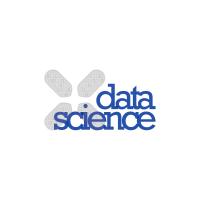Zusammenfassung
Collaborative tagging systems allow users to assign keywords—so called “tags”—to resources. Tags are used for navigation, finding resources and serendipitous browsing and thus provide an immediate benefit for users. These systems usually include tag recommendation mechanisms easing the process of finding good tags for a resource, but also consolidating the tag vocabulary across users. In practice, however, only very basic recommendation strategies are applied. In this paper we evaluate and compare two recommendation algorithms on large-scale real life datasets: an adaptation of user-based collaborative filtering and a graph-based recommender built on top of FolkRank.We show that both provide better results than non-personalized baseline methods. Especially the graph based recommender outperforms existing methods considerably.
Links und Ressourcen
Tags
Community
@lbalbys Tags hervorgehoben
- tagging
- folksonomy
- recommender
- myown
- 2007
- social
- l3s
- recommendations
- folksonomies
- collaborative
- pagerank
- sosbuch
- summerschool
- kdubiq
- recommendation
- filtering
- lwa
- kdml
- bibsonomy
- taggingsurvey
- bookmarking
- folkrank
- wp5
- nepomuk
- evaluation
- project:bibsonomy
- semantic
- from:jaeschke
- dblp
- semanticweb
- tag
- sota_chi10_1
- leave-one-out
- field
- p01
- from:hotho
- itegpub
- research:recommender
- ag:reco
- app:publication
- app:reco
- research:sequential
- ranking
- collaborative_filtering
- uni
- vergleich
- lastfm

























